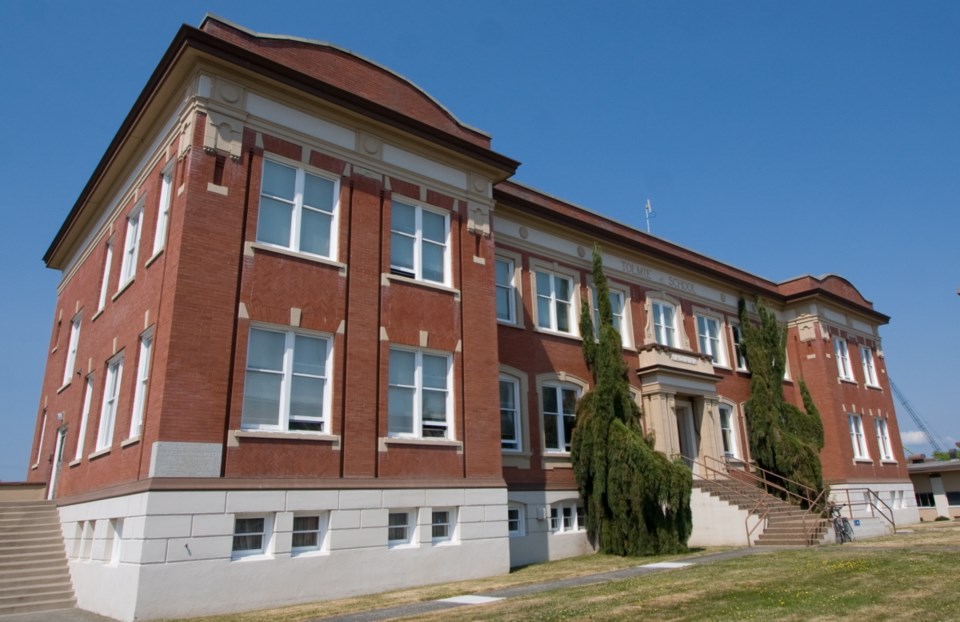The latest government-generated problem facing B.C.’s beleaguered public schools and their community-based boards of education is where to find the $54 million the provincial government wants to retrieve from local administration.
A review of the Education Ministry’s own figures regarding costs of school-district administration in the 60 school districts, the “low-hanging fruit” described by the premier recently, reveals something politicians might not understand.
School-district administration costs, which seem to be the target of the latest “ready, fire, aim” utterances about public education coming out of Victoria are identified in detail in Function 4 of the ministry allocation system.
Let me explain.
Function 4 includes all programs related to district governance and the administration of educational, business, human resources and labour-relations activities.
Business administration includes budgeting, financial accounting, legal and labour-relations costs, purchasing, housing and human-resources administration.
None of these activities occur at the school level, but without these activities it is unlikely that school districts and classrooms would continue to function effectively.
Also included in Function 4 are instructional staffing allocations, new programming (usually emanating from Victoria) and BCeSIS costs.
BCeSIS is the extremely expensive, disastrously flawed centralized data system initiated by the Education Ministry to collect and process data on all students. It has cost school districts large amounts of unfunded staff time just trying to get it to work.
Function 4 has in recent years, and with no additional funding, seen staff diverted from in-district classroom instructional support to filling out reports demanded by the provincial government: the District Literacy Report, the Carbon Offset Report, the Aboriginal Education Report, the Erase-Bullying Report, the Achievement Contract, the Class Size and Composition Report and so on.
Arrow Lakes, which according to ministry figures has one of the higher percentages of its operating budget committed to district administration, has a staff of 2.25 people to do all this stuff. There again, we see misleading arithmetic at play when people use percentages. The smaller the operating budget, the larger percentage of it 2.25 people will appear to be.
In fact, when considering district administration as a percentage of school-district budget, the size of a district as measured by student enrolment, not geography, is significant.
Smaller, mostly rural, districts of as many as 2,000 students average about 7.6 per cent for district administration, while larger, mostly urban, districts of more than 9,000 students with much larger operating allocations average about three per cent.
Ministry figures indicate it costs more to run a school district in places such as Arrow Lakes, Stikine, Nisga’a and Central Coast. Those districts chalk up, as a percentage of their operating budgets, three times the cost of running larger urban districts such as Surrey, Delta and Burnaby.
Given the unique additional costs of administering more remote rural districts compared to conveniently located urban centres, the provincial average means nothing at all. It is not a useful calculation.
In the world of business, where executive decisions are justifiably driven by considerations of profit and the bottom line, there are reasons why big grocery chains and financial institutions do not locate in every small town throughout the province. If people in those communities want those services, they’ll travel to the larger centres to get them.
Public education does not work like that, or shouldn’t. Smaller towns and communities don’t want kids travelling 60 kilometres by bus each way to a larger centre’s schools in a northern winter to theoretically save a few provincial dollars in school-district administration.
The longest teacher strike in the province’s history is over. The schools are back to normal in 60 school districts. Running a public education system in B.C. costs what it costs and, given the results, is still a bargain.
Leave it alone for a while.
Geoff Johnson is a retired superintendent of schools.



